Welcome!
- sianhickey98
- May 5, 2019
- 7 min read
Updated: May 7, 2019
Hi Everyone!
I firstly want to thank you for taking the time to click this link and read my blog, I am very grateful! My name is Sian and I am a final year student at De Montfort University. I study Contour Fashion which is a lingerie, swim and sportswear design degree. I have loved studying the course as it has been so creative and I have really been able to push myself to do things I never would have thought possible.
For my final year I have to create a 4 outfit collection, every one on the course has the option of pursuing the aesthetic route or the technical route for their final collections. I chose to pursue the technical route on the course which means I chose to find an inspiring design concept which is highly focused to a specialised area of the market. For my concept, I decided to pursue period proof underwear. Although I’m currently not bringing my designs to market, I want to use my project to raise awareness of the environmental issues of periods whilst also supporting period poverty.
WHAT IS PERIOD PROOF UNDERWEAR?
Sanitary protection is built into the gusset of underwear made up of 4 layers:


DOES IT ACTUALLY WORK?
This is the biggest question I asked myself when I decided to pursue this product type, I had never used or worn reusable period underwear myself and so I had no idea how effective they were. However, reviews from brands online who already offer this type of underwear were so positive and this gave me confidence that it had to work!
With this in mind, I knew from the beginning I wanted to conduct my own testing in order to ‘prove’ the idea and show that it works! I want to show you the results of my testing so that you can see for yourself how effective the underwear really is.
TESTING
My fabric testing took place in a textile testing lab at De Montfort University. I wanted my testing to be relevant to the end use of the underwear (period proofing) and therefore I wanted to be as accurate as possible in terms of mimicking a real period. Therefore, for my tests I used artificial blood powder – 10g of the powder makes 500ml of artificial blood. This type of artificial blood is often used for forensic purposes and medical training with nurses.
The artificial blood I used for my testing is comparable to a venous blood which differs to menstrual blood as it is more viscous. Whilst the viscosity isn’t completely accurate to real menstrual blood, it was the closest I was able to achieve as a student and it will still give me valuable insight into the absorbency of the underwear.
I decided to apply 20ml of artificial blood onto the gussets. One tampon holds approximately 5ml of menstrual blood and the best period proof products currently on the market are able to hold up to 4 tampons worth – 20ml.
I decided to apply the 20ml in one single application. Applying the 20ml in one single application doesn’t accurately represent the way the female body secretes menstrual blood during a period – real menstrual blood loss is intermittent and in lower quantities than 20ml, however it is likely that 20ml of blood could be lost across the time span of 12-24 hours. Therefore, by applying this quantity in one application it will allow me to see the effectiveness of the absorbent layer within the underwear and ultimately tell me if the gusset can cope with such a vast amount of liquid.
In short, applying all of the blood in one go will give me a good idea if the underwear can actually absorb it!
(never in my life did I think I would one day be pouring blood into knickers, and look so happy whilst doing it!)
20ml of blood was absorbed into the underwear in 9.87 seconds. And this is what was left underneath the gusset: no leaks!
IS THE UNDERWEAR HYGIENIC?
From my market research surveys, it was clear that hygiene was a concern for a number of my respondents and so I wanted to try and demonstrate with my testing that this underwear is just as hygienic (if not more so) than a disposable sanitary towel.
After the 20ml application I put the gussets into a testing oven at 37 degrees for 12 hours’ overnight. By leaving the saturated gussets at 37 degrees Celsius (which is average body temperature) for up to 12 hours it will replicate a night time sleep environment.
This is an important environment to replicate as the average nights’ sleep can vary from 6-12 consecutive hours during which a woman will not be able to change her sanitary protection thus making night time one of the most important in terms of necessary absorbency and also making night time a common time for leak accidents where products aren’t always able to cope with prolonged blood loss overnight.

The following day, the gussets were removed from the oven and washed following two sets of care instructions:
1) Rinse in cold water until blood runs clear
2) Machine wash at 40 degrees.
3) Hang dry
And
1) Rinse in cold water until blood runs clear
2) Machine wash at 72 degrees.
3) Hang dry
I wanted to conduct two washes at varying temperatures in order to compare staining. According to the Centre for Disease Control and Prevention, hot water is effective in destroying microorganisms and bacteria when washed at a temperature of at least 71 degrees Celsius for washing.
With this in mind, all of the care instructions for commercial period proof underwear recommend a wash at 30 or 40 degrees.
By washing one gusset at 71 degrees and one gusset at 30 degrees I can see which wash temperature is most effective at removing blood stains.
I included ‘make weights’ in my wash – make weights are small squares of fabric used to make up a full load in test washes. The make weights were made from white fabric, once the wash had finished they were still a crisp white – none of the staining from the blood had transferred during the washing process meaning you can wash your period undies with your other delicates in confidence that they won’t get stained.

(gusset on the left was washed at 30 degrees and the gusset on the right was washed at 72 degrees)
As you can see, there is no sign of any left over staining from the 72-degree or the 30-degree wash – the underwear is exactly as it was previously which suggests that visually bacteria has been successfully removed!
WHY IS PERIOD PROOF UNDERWEAR NECESSARY? MY DISPOSABLE PROTECTION WORKS FINE?

Approximately 700,000 panty liners, 2.5 million tampons and 1.4 million sanitary towels are flushed down the toilet in the UK every single day. Even if period waste is disposed of correctly using bins rather than flushing, plastic wrappers and applicators do not biodegrade and therefore sit in landfill for centuries.
Reducing period waste isn’t just a case of throwing used sanitary products in the bin rather than the toilet, but also seeking out alternative menstrual products that are plastic free.
I think it is vital that those of us who are lucky enough to have access to sanitary protection, should consider using or at least inform ourselves about reusable period options!
If period proof underwear doesn’t sound like something you want to try here are a number of other amazing options which are more environmentally friendly options for your period:
Menstrual cups:
Reusable tampon applicators – forget disposable plastic applicators, invest your money in one of these and switch to organic cotton tampons:
Organic period care – 100% organic, cruelty-free and all biodegradable!
MY FINAL COLLECTION:
One thing that sets my collection apart from other period proof underwear is that I wanted my lingerie to be beautiful, why should the design deteriorate just because they’re period undies?
I think a lot of women know the feeling of pushing your pretty, lacy underwear to the back of the draw and digging out your biggest granny knickers when its our time of the month, but what if we didn’t have to do that? What if your pretty, lacy underwear had built-in sanitary protection and you knew you wouldn’t leak and ruin them?
There is a lot of negativity associated with periods as I found from my research - The word cloud below shows all of the responses from my survey which asked women to describe their periods:

I really believe that your underwear can really help to boost your self esteem, I think there has been a shift, particularly on social media, about how lingerie is really for women, rather than for men. With this in mind, imagine how much better you might feel about yourself if you could wear underwear and lingerie on your period that made you feel more beautiful than you did before. It could bring confidence, uplift your mood and make you appreciate your body and what it can do!
Also, research conducted by Clue (the period tracker app) found that 15% of women continued their usual sexual activity during their period, for that 15% this underwear could be for both you and your partner!
For my collection I have created my own flocked lace which I have screen printed myself (see image below) and hand appliqued onto my final garments which are made up of black Bocelli Satin and nude panels. Here are a couple images of my collection during the construction process.
Here is a sneak peek of my first outfit for my final collection, I loved designing and making this outfit and I am so pleased to say that it is completely period proof! (Photographer: Ali Lo)

If you have made it this far thank you so much for taking the time to read through my blog post! I really hope I have given you some insight into reusable period protection and I would love it if you could share my blog post, visit my crowd funder page and donate, or start conversations with other women about reusable period protection – without sounding like a cliché, if we all make small changes it will make a big difference!
The link below will take you to my crowd funding page where I am trying to raise money for Freedom4Girls, please donate!
You can also follow my story via my instagram page @sianfrances_
https://www.gofundme.com/sian039s-campaign-for-freedom4girls-uk
Thank you so much,
Sian!





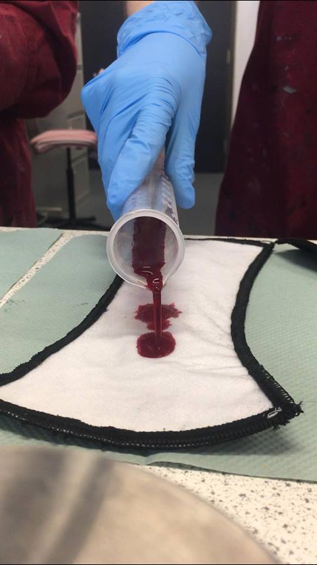

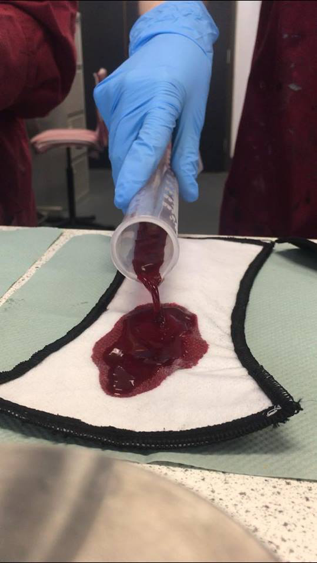

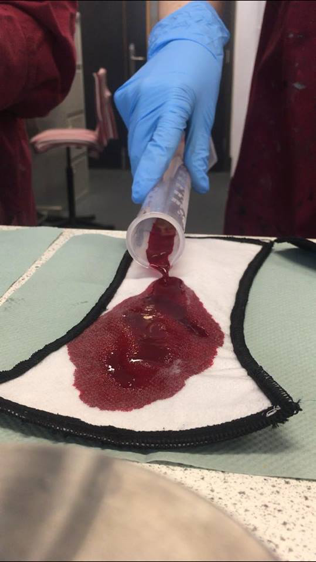



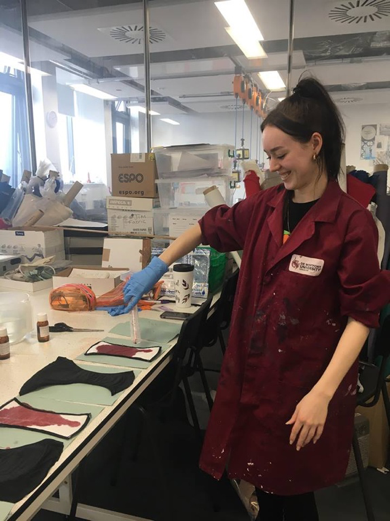

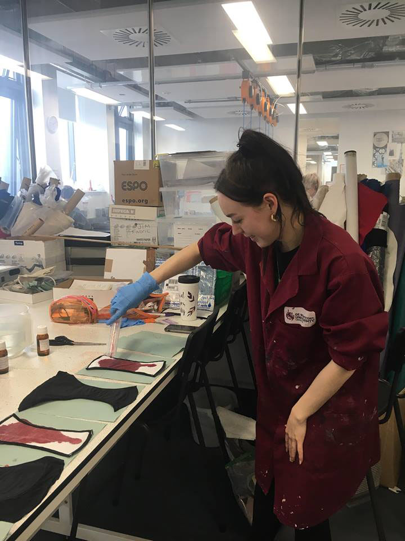

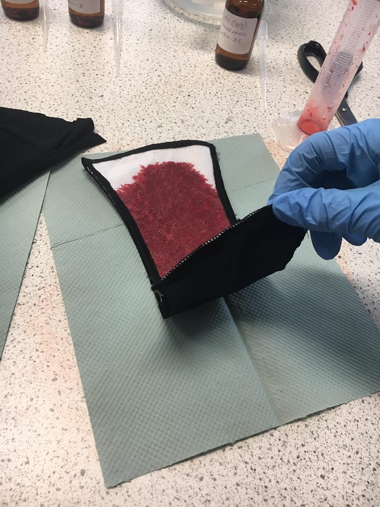

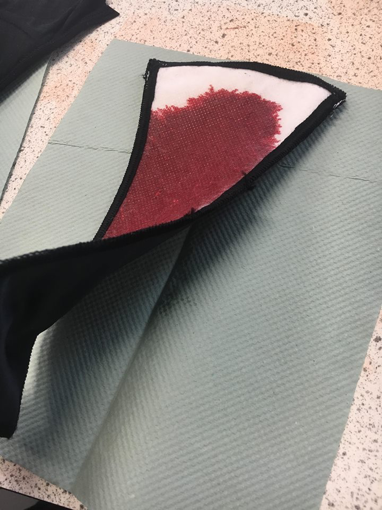

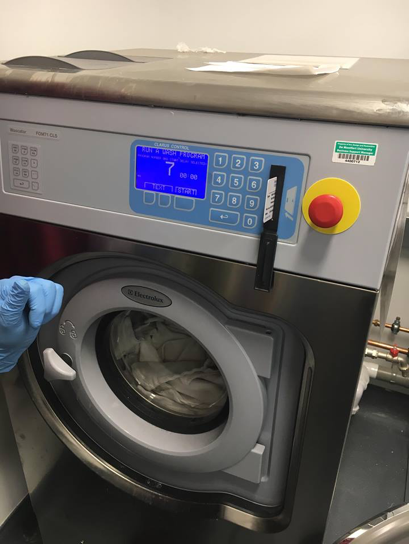

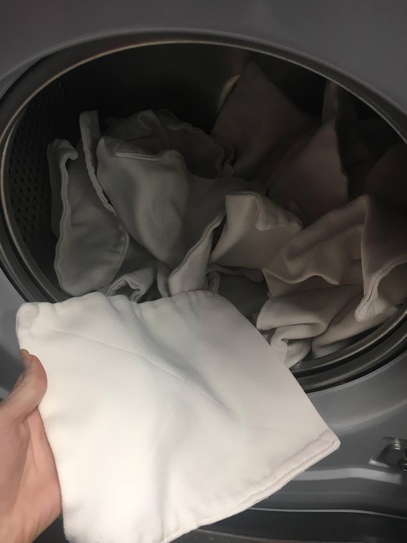

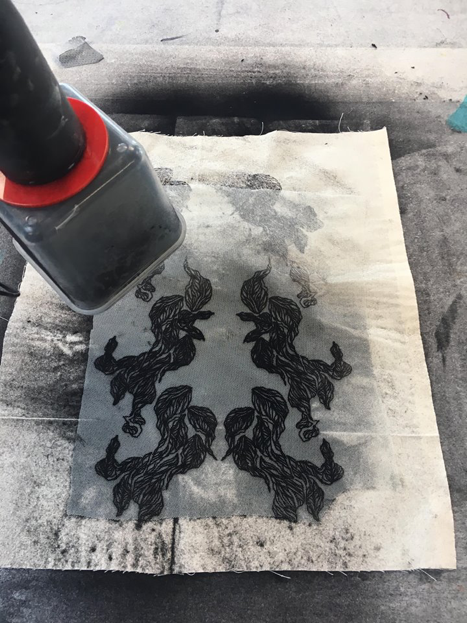

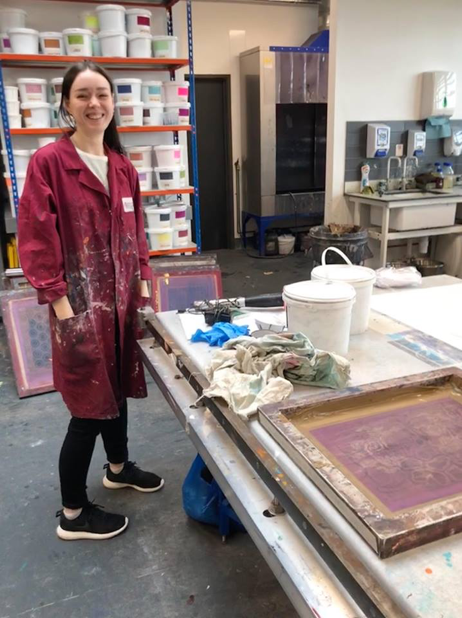

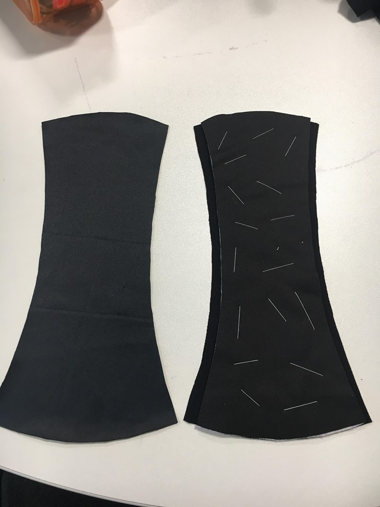

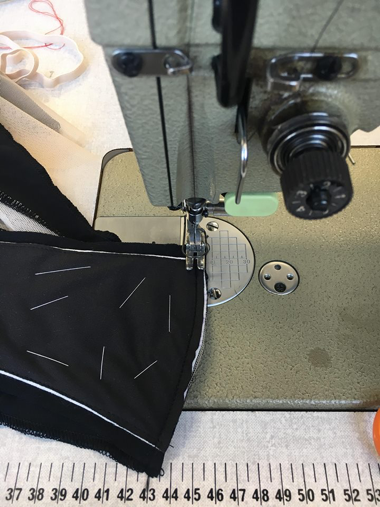

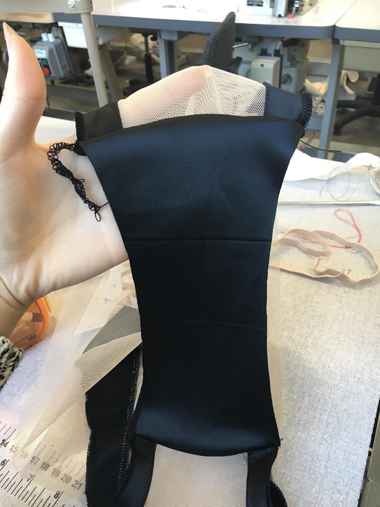

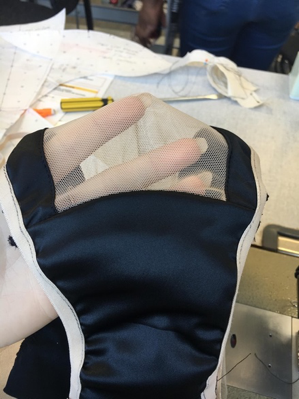
Comments